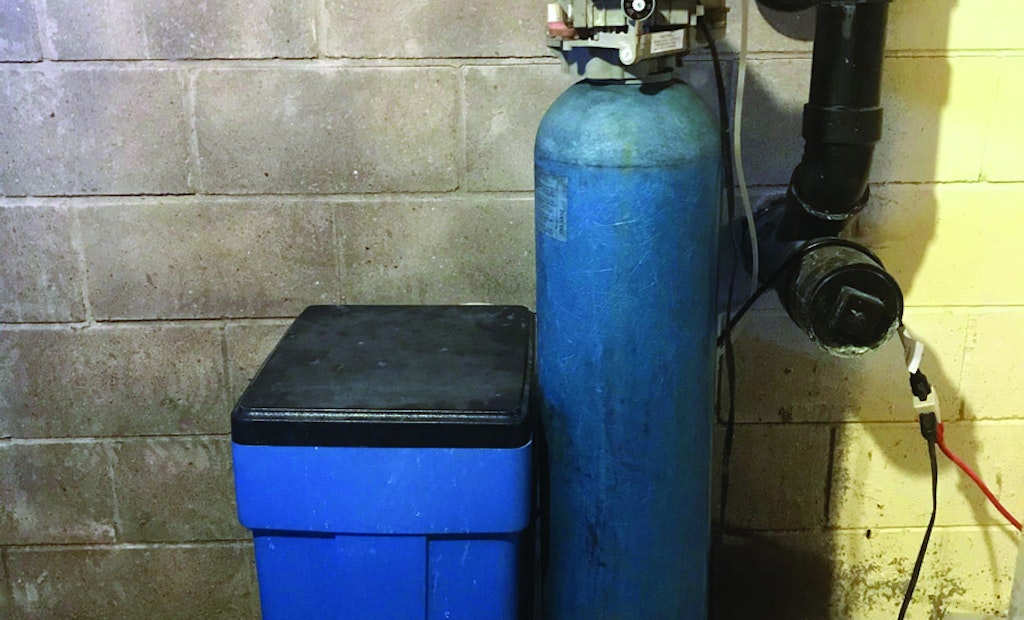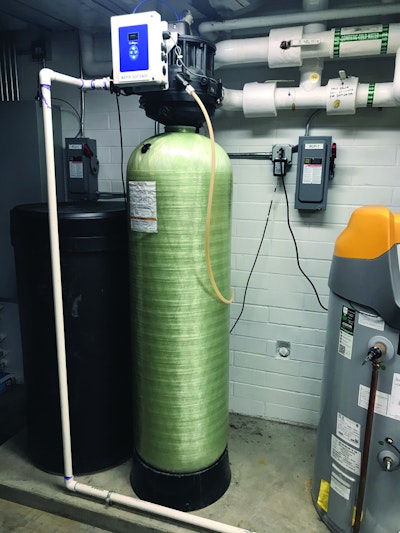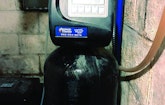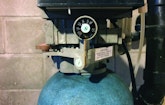
This is an example of the older technology, a timer-style water softener that uses electronic timers or clocks to recharge the resin at a preset time and day. This wastes salt and water because they regenerate whether or not it’s necessary.
Chloride levels in many surface waters are increasing and pose an emerging environmental concern, since elevated chloride levels are harmful to aquatic life in freshwater. Communities across the U.S. have observed surface waters with chloride water quality impairments, and chloride...








